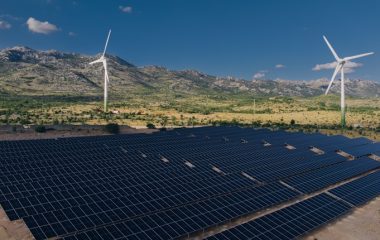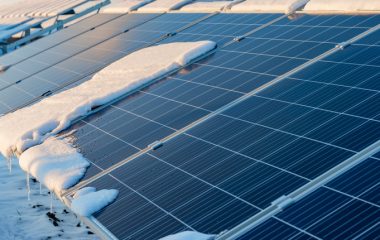
Photo: Eurelectric
Strengthening and upgrading power distribution grids across Europe between 2025 and 2050 will require EUR 67 billion in annual investments, according to Eurelectric’s latest report Grids for Speed.
At an event held on May 22-23 in Athens, Eurelectric’s President Leonhard Birnbaum said the energy transition would need to focus on electricity infrastructure and grids.
The electricity system will have to be able to support the massive uptake in renewable energy production, as well as the electrification of sectors such as transportation. It implies doubling investments until 2040 from roughly EUR 36 billion today, and then continuing at 1.7 times today’s levels through 2050, Eurelectric calculated.
Kristian Ruby: Grid operators must be supported by clear regulation
It should be noted that Eurelectric’s scenario integrates both the European Commission’s Fit For 55 and REPowerEU policy packages, as well as national energy and climate plans (NECPs), network development plans (NDP) and data from Ernst and Young. The study covers the 27 countries of the European Union plus Norway.
“There are many opportunities today to digitalise grid build-out, operations and maintenance. But to fully leverage them, grid operators must be supported by clear regulation to make their business go digital,” Eurelectric’s Secretary General Kristian Ruby said.
Consumption and renewables surge seen in Southeastern Europe
When it comes to Southeastern Europe, Eurelectric expects a steep rise in electricity consumption, renewable energy production and investment requirements.
In Greece, annual power consumption is projected to increase from 50 TWh to 80 TWh by 2050, with renewable energy production exploding from about 15 TWh to 125 TWh.
EUR 1 billion would have to be invested each year in distribution infrastructure, Eurelectric’s calculations show.
In the case of Romania, annual investment is estimated at EUR 1.2 billion.
Total consumption is expected to rise from 50 TWh to 100 TWh by 2050. Renewable energy production is estimated to reach 150 TWh by that time, the report reads.
Slovenia would have to invest around EUR 500 million every year in power distribution. The country’s consumption is projected to reach 21 TWh in 2050, up from about 13 TWh in 2020. Renewable electricity production is expected to rise to 7 TWh by the middle of the century.


















Be the first one to comment on this article.